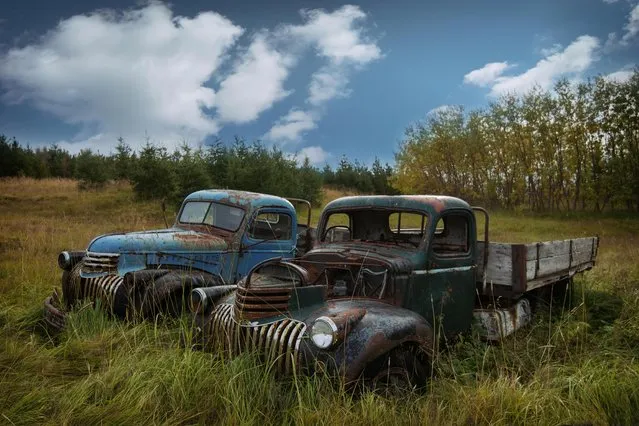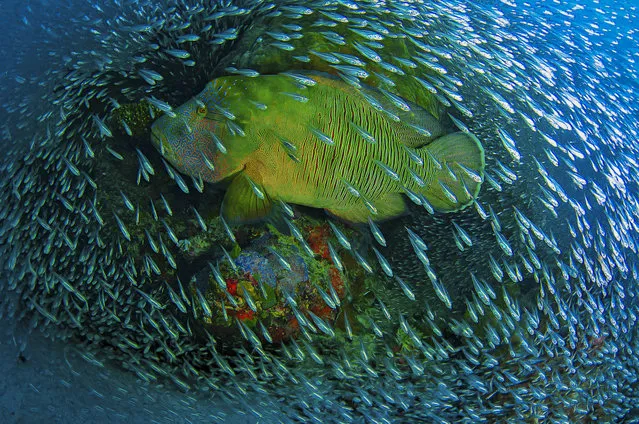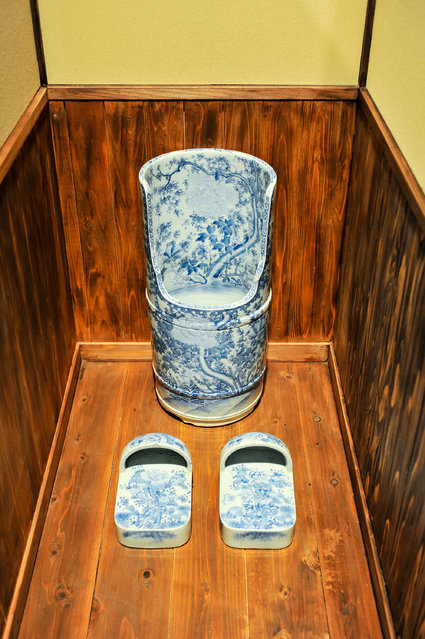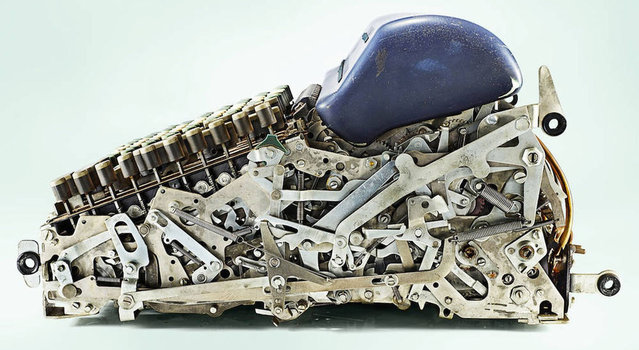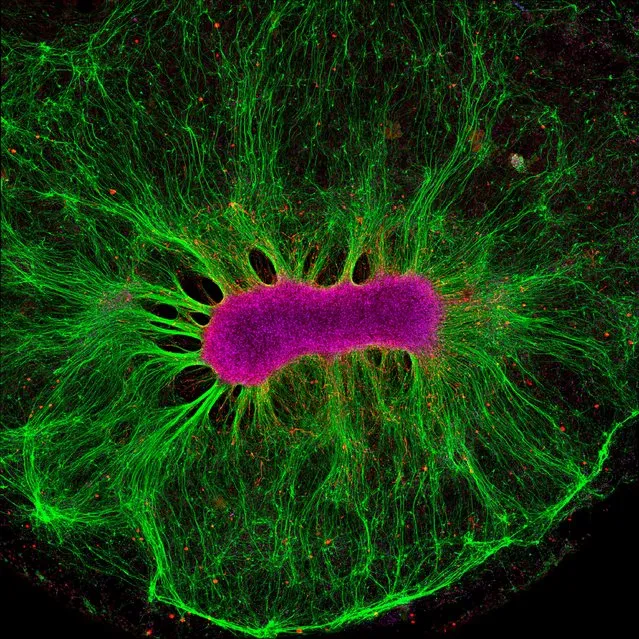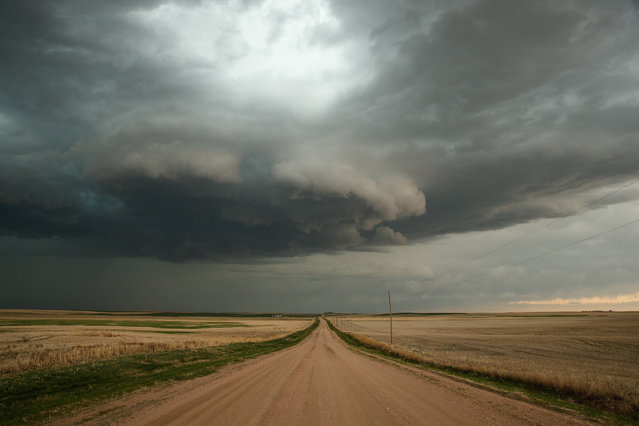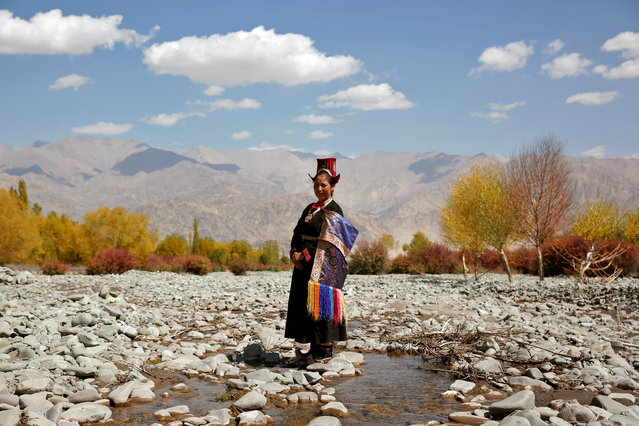
Are you a fan of beards? If you are, have you ever thought that it might look like some sort of furry animal? David Kiefaber thought of the same thing when he participated in the “Free Your Skin” campaign, organized by Y&R New Zealand. You might think that you look all rugged and manly while wearing that luscious beard. But in reality, you simply look like a guy with a dead squirrel on his face. Or a raccoon… if you’re a greying middle-aged man. Hopefully, you’re not one of those people whose beard looks and/or smells like a skunk.
02 Dec 2014 11:39:00,post received
0 comments

